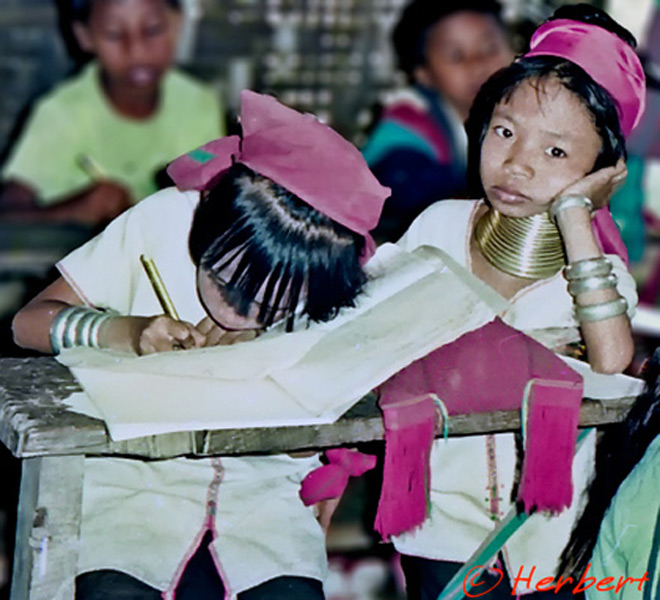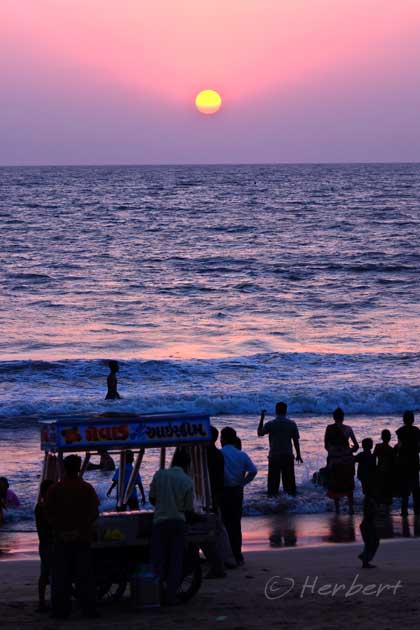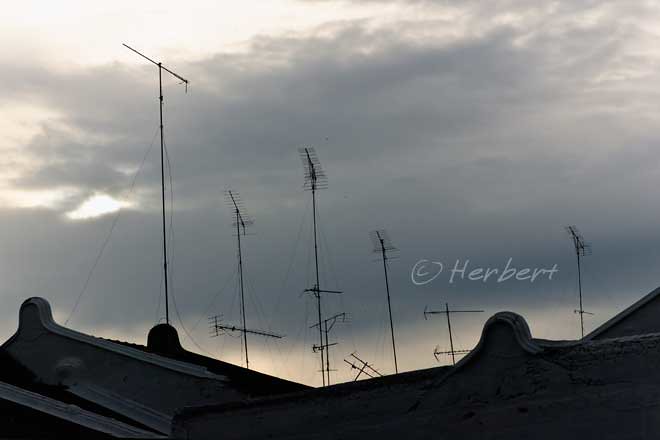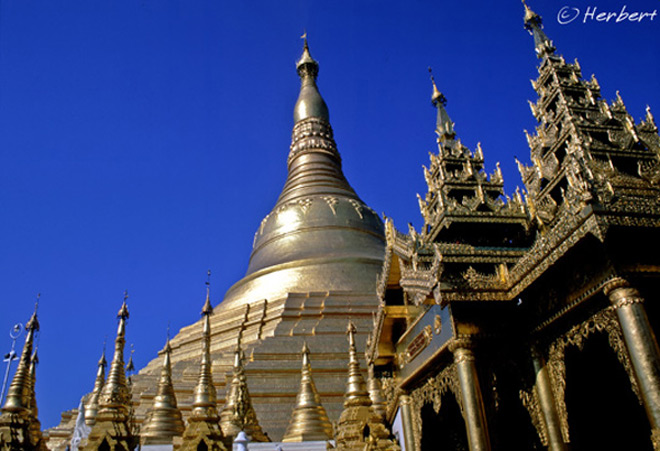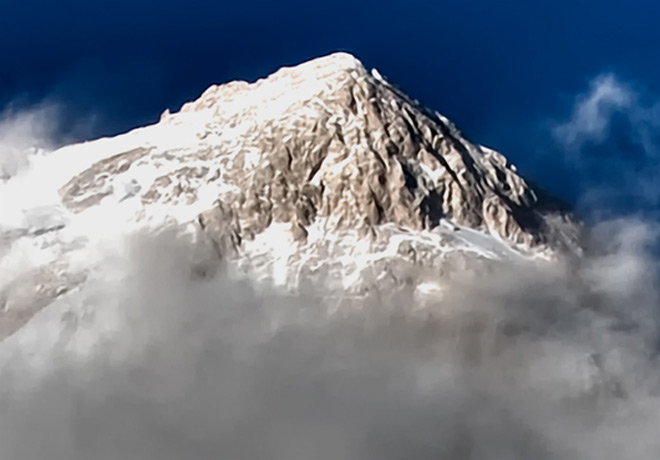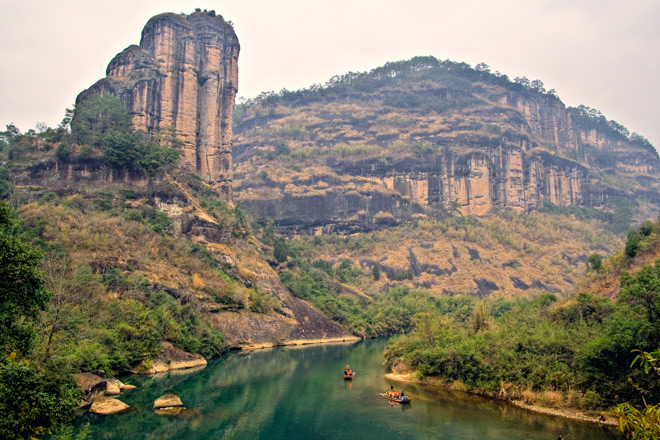
Location: Basantapur Tower, Durbar Square, Kathmandu, Nepal (N27 42 14 E85 18 30 )
Date: 28 March 2000; 2.15pm
Camera: Canon EOS 500N (analogue) on slides and scanned
Durbar Square of Kathmandu is so full of temples, palaces and old buildings that I lost track of which building I took my photos. I took this photo because I was amused by the two figures staring out of the window, like they were enjoying the view. Later I found out the name of the building (actually palace) and found out that the images are supposed to be that of the gods Ram and Sita. Anyway Durbar Square is a fun place to hang around- well, it was more fun then as it was free to enter the Square those days. There is now an entrance fee, supposedly for the upkeep of the place – if it is true, I do not really mind. But it can be frustrating trying to have a quiet moment in the Square as it is packed with people at any time of the day. I was told that the Durbar Square in the nearby town of Patan is a better place to visit for enjoying the architecture and atmosphere as it is very much less crowded than the one in Kathmandu.
















